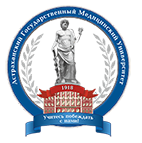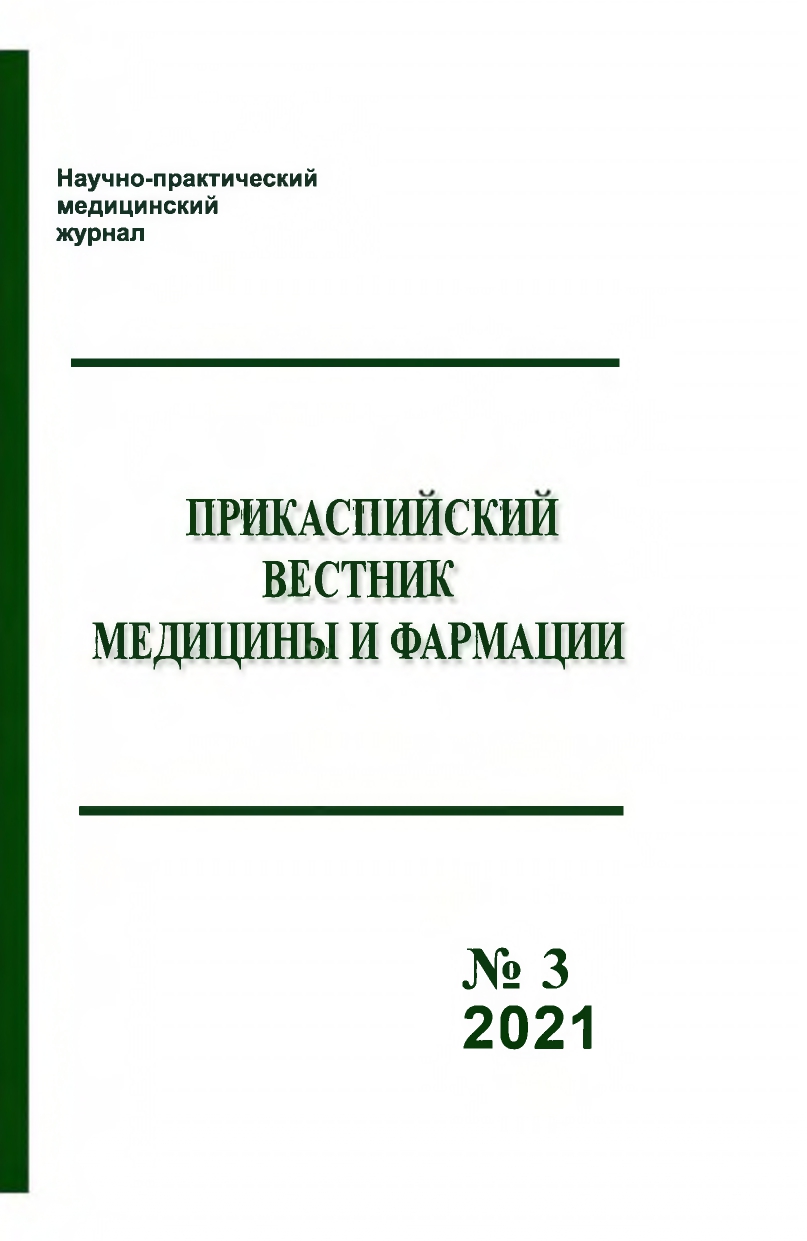The article presents the results of treatment of 26 patients with purulent-necrotic complications of diabetic foot from 2019 to 2020, who are being treated at the Aktobe Medical Center. All patients were prescribed complex therapy and small foot surgeries were performed. The patients were divided into two groups: the control group, where ointment dressings and stage necrectomies were used - 12 patients and the main group - 14 patients, vacuum therapy was used. The average duration of one dressing was 4 days. Bandages were applied according to the existing method. A porous polyurethane sponge was applied to the wound, followed by sealing with a transparent adhesive film, with a drainage tube connected to a vacuum device. To evaluate the results, we used: changes in glucose levels, the dynamics of the microbial landscape and the wound process, treatment outcomes, the time of healing of the defect and the presence of patients in the hospital. Conclusion: the use of vacuum therapy in the treatment of purulent wounds contributed to a noticeably rapid cleaning of wounds and, accordingly, a decrease in their area and depth, an acceleration of the process of granulation and epithelization in comparison with traditional methods of treatment.
diabetic foot syndrome, vacuum therapy, complication, local treatment
1. Belozerceva Yu.P., Kurlaev P.P., Esipov V.K., Gricenko V.A. Opyt lecheniya gnoyno-nekroticheskih oslozhneniy sindroma diabeticheskoy stopy s primeneniem original'noy hirurgicheskoy metodiki na fone celenapravlennoy antibiotikoterapii // Kreativnaya hirurgiya i onkologiya. 2014. № 3. S. 67-69.
2. Bensman V.M. Hirurgiya gnoyno-nekroticheskih oslozhneniy diabeticheskoy stopy. Rukovodstvo dlya vrachey. Vtoroe pererabotannoe i dopolnennoe izdanie. M.: Medpraktika, 2015. 496 s.
3. Galstyan G.R., Tokmakova A.Yu., Egorova D.N., Mitish V.A., Pashalova Yu.S., Anciferov M.B., Komelyagina E.Yu., Udovichenko O.V., Gur'eva I.V., Beregovskiy V.B., Eroshkin I.A., Eroshenko A.V., Eroshenko A.V. Klinicheskie rekomendacii po diagnostike i lecheniyu sindroma diabeticheskoy stopy // Rany i ranevye infekcii. 2015. №3. S. 63-83.
4. Dzhakanov M.K., Mukushev M.M., Akataeva A.N. Antibakterial'naya terapiya pri sindrome diabeticheskoy stopy // Batys Kazakstan medicinalyk zhurnaly. 2008. № 3. S. 70-72.
5. Larichev A.B. Nizkodozirovannoe otricatel'noe davlenie v lechenie ran i ranevoy infekcii // Rossiyskiy Medicinskiy zhurnal. 2005. № 4. S. 44-48.
6. Larichev A.B., Antonyuk A.V., Kuz'min V.S. Vakuum-terapiya v kompleksnom lechenii gnoynyh ran // Hirurgiya. Zhurnal imeni N.I. Pirogova. 2008. №6. S. 14-16.
7. Nikitin V.G., Obolenskiy V.N., Semenistyy A.Yu., Sychev D.V. Vakuum-terapiya v lechenii ran i ranevoy infekcii // «RMZh». №17. 2010. S. 1064
8. Bakker K., Apelqvist J., Schaper N.C. Practical guidelines on the management and prevention of the diabetic foot // Diabetes Metab Res Rev. 2012. Vol. 28. Suppl 1. P. 225-231.
9. Moxey P.W., Gogalniceanu P., Hinchliffe R.J. Lower extremity amputations - a review of global variability in incidence // Diabet Med. 2011. Vol. 28. P. 1144-1153.
10. Holman N., Young R.J., Jeffcoate W.J. Variation in the recorded incidence of amputation of the lower limb in England // Diabetologia. 2012. Vol. 55. P. 1919-1925.
11. World Union of Wound Healing Societies’ Initiative. Vacuum assisted closure: recommendations for use. A consensus document, 2008, 10














